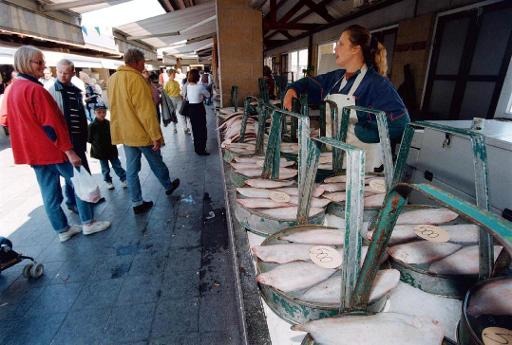With global warming, the number of larvae of soles in the North Sea that reach the coastal areas, where they grow, will increase, predicts a study conducted by researchers from the Royal Belgian Institute of Natural Sciences (RBINS ) and KU Leuven. However, there will be strong local disparities: the larvae will drift less towards Belgium and more towards the Netherlands.
Common sole (or Dover sole) is a flat fish of high economic value, representing up to 40% of the annual profit of Belgian fisheries. To sustainably manage the stocks of this species, the researchers studied the impact of climate change on the dispersion of its larvae in the North Sea.
The study was published last week in the international journal Global Change Biology. It concerns only the larvae and has yet to be expanded to adult soles and other species that interact with soles.
The researchers developed a model based on five scenarios inspired by the projections of the Intergovernmental Panel on Climate Change (IPCC). The results show that a warming of 2 ° C by 2040 could induce an average 42-day spawning period advance and, subsequently, a 9% reduction in the average temperature experienced by the larvae compared to the current situation.
"This would result in an average lengthening of the larval life (+ 22%) and the distance traveled by the larvae (+ 70%) that drift with the sea currents", explains Geneviève Lacroix, lead author of this study, in a statement of the IRSNB issued today (30 October).
After the breeding season, the eggs and larvae of soles drift with the sea currents until they reach the nurseries, sandy-muddy coastal areas less than 20 meters deep, where young fish can grow.
According to the study, the number of larvae that will arrive in the nursery will be higher (+ 9%), but with large disparities. "For the Belgian nursery, a reduction of 58% is expected, while the model predicts a 36% increase in the number of sole larvae that would settle in the Dutch nurseries.”
The Brussels Times

